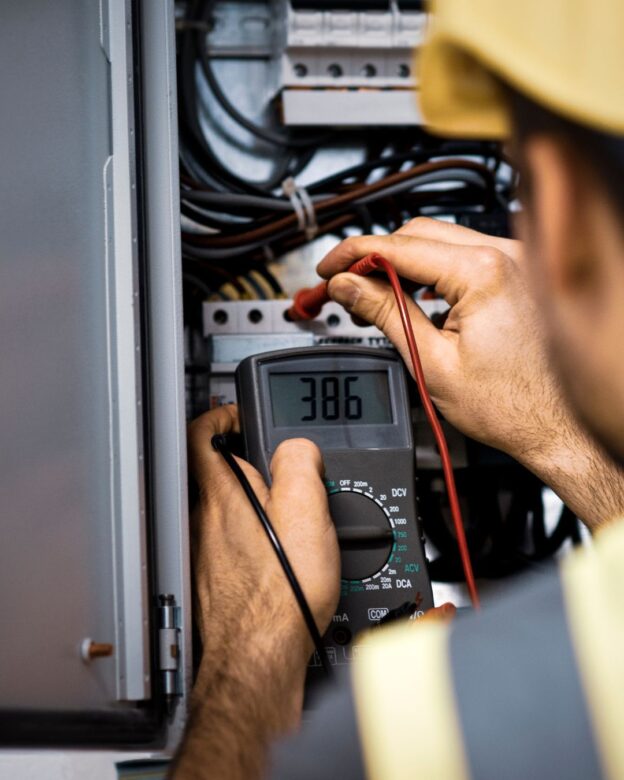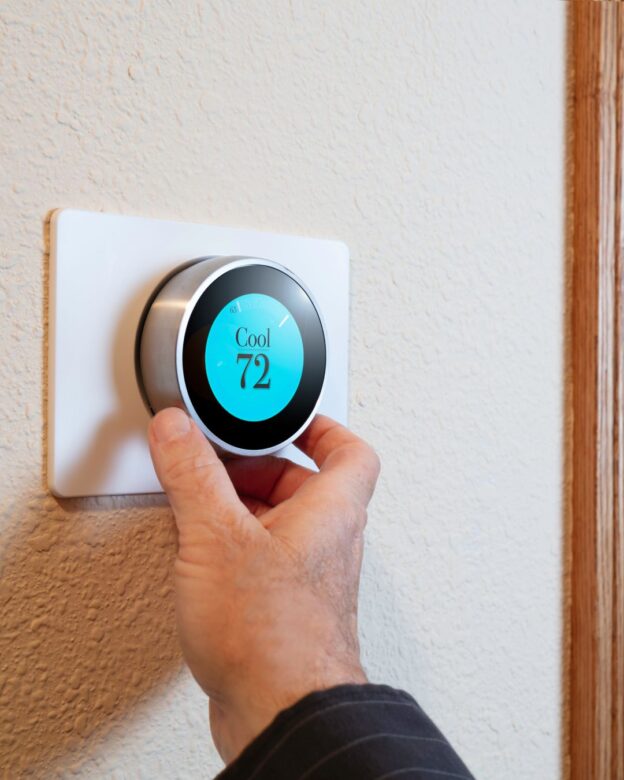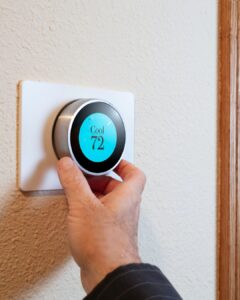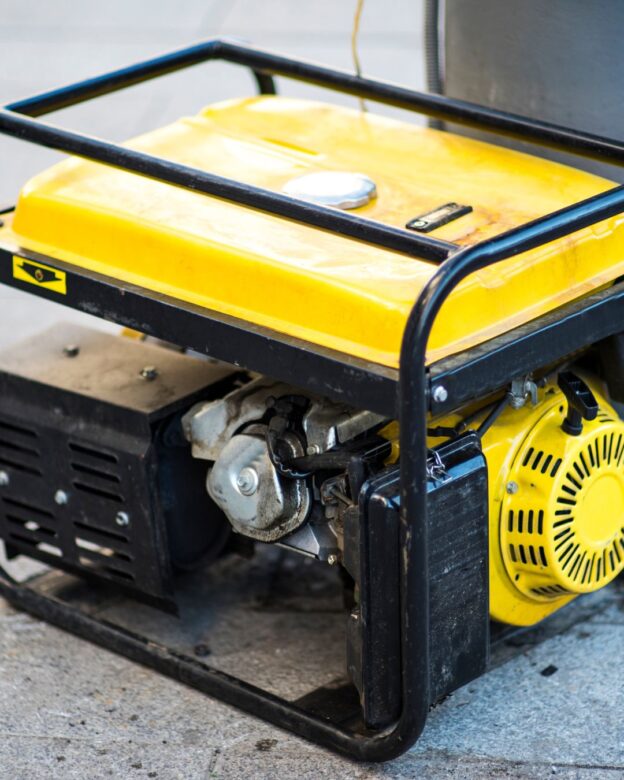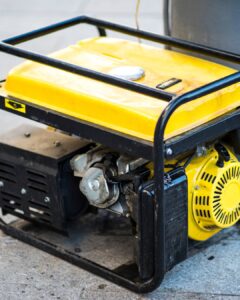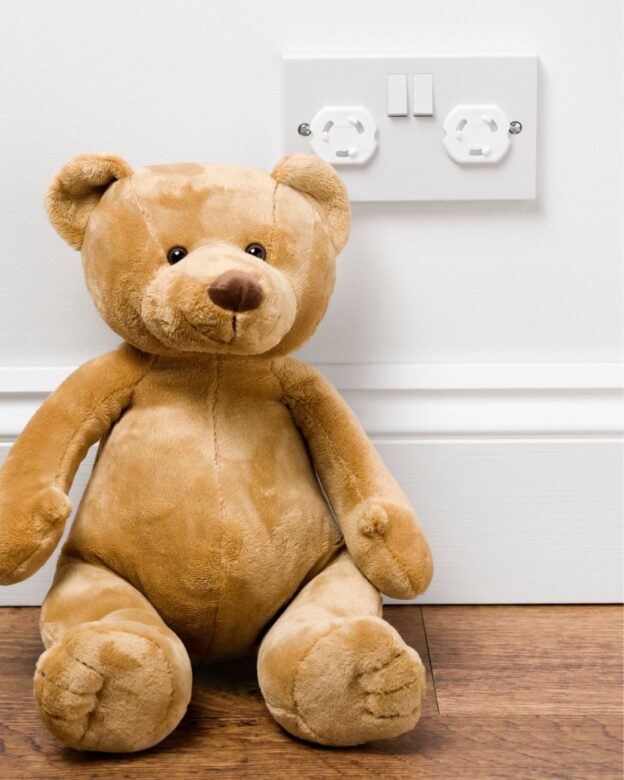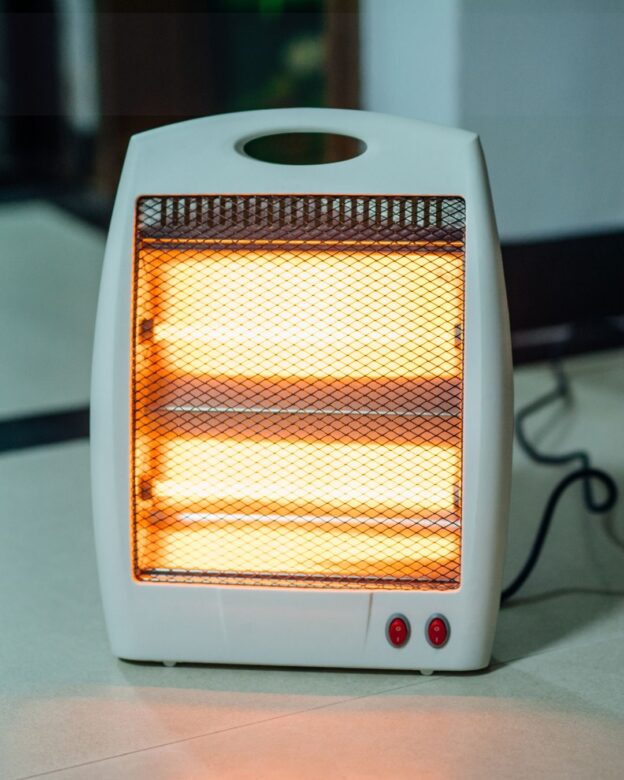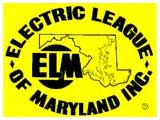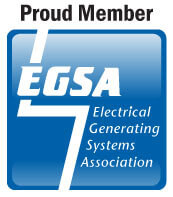As the holidays approach, homeowners rely more than ever on their electrical systems. That’s why following an Electrical Safety Checklist in November is essential. Seasonal cooking, decorative lighting, and colder weather all place extra strain on wiring, outlets, and your electrical panel. With a few proactive steps, you can keep your home safe, efficient, and ready for the busiest time of year.
1. Electrical Safety Checklist Tip: Inspect Outlets Before Decorating
Holiday prep often starts with décor, but damaged outlets can create real risks. Instead of plugging in lights immediately, begin with a quick outlet check. Look for discoloration, loose plugs, warmth, or buzzing noises.
Additionally, make sure outdoor outlets are GFCI-protected to prevent shock hazards. For reference, the Electrical Safety Foundation International provides helpful guidelines on GFCIs:
https://www.esfi.org/resource/what-you-need-to-know-about-gfcis/
2. Kitchen Prep: Electrical Safety Checklist for Holiday Cooking
Thanksgiving cooking can easily overload older circuits. With small appliances running at the same time—mixers, slow cookers, air fryers, and microwaves—your kitchen might need additional support.
To prevent trips and overheating:
-
Spread high-demand appliances across separate circuits
-
Avoid using extension cords for cooking devices
-
Watch for breakers that repeatedly trip
If you’ve been planning a panel inspection, November is the perfect moment.
3. Holiday Lights & Cords: Electrical Safety Checklist Essentials
Before adding festive lighting, pull out last year’s cords and examine them closely. Frayed insulation, cracked plastic, and bent prongs are common after long storage periods.
Because LEDs stay cool and use less power, switching to LED lighting not only boosts safety but also lowers energy consumption. If you’re decorating outdoors, only use extension cords designed for exterior use.
For safe holiday decorating tips, explore this resource:
https://www.esfi.org/resource/holiday-decorating-safety-tips/
4. Smoke & CO Detectors: A Must on Every Electrical Safety Checklist
As you heat your home and cook more indoors, functioning detectors become crucial. Test them, replace batteries, and confirm the units aren’t expired. (Most last 7–10 years.)
5. Schedule a Pre-Holiday Electrical Safety Check
If you’ve noticed flickering lights, warm outlets, or frequent breaker trips, now is the time to act. A professional inspection ensures your system is prepared for winter heating, holiday gatherings, and seasonal décor.
By completing this Electrical Safety Checklist, you can enjoy November with peace of mind—and a much safer home.
Stay Powered Through the Season with Little Sparkie Electric
November brings family, festivities, and colder weather—but it doesn’t need to bring electrical stress. Little Sparkie Electric is here to help Maryland homeowners enjoy a safe, efficient, and fully powered holiday season.


